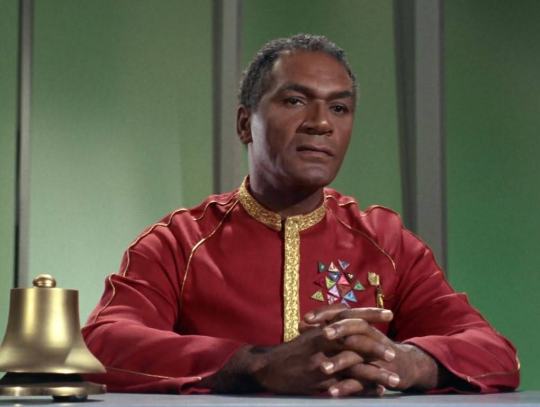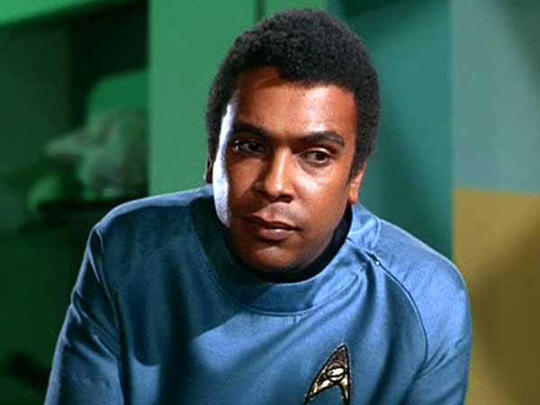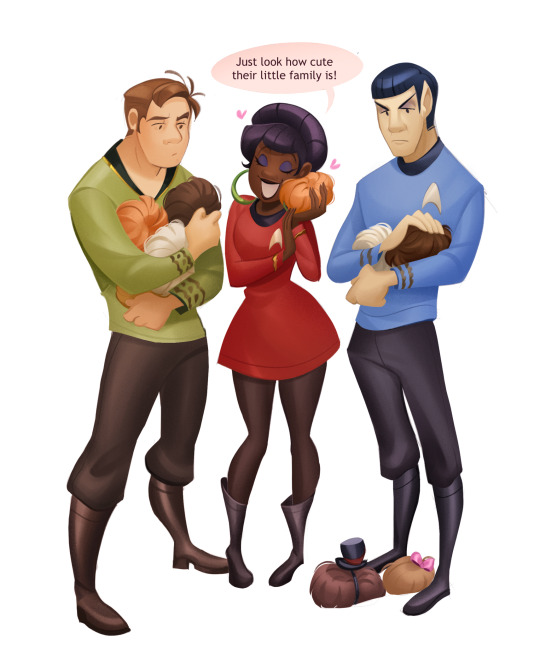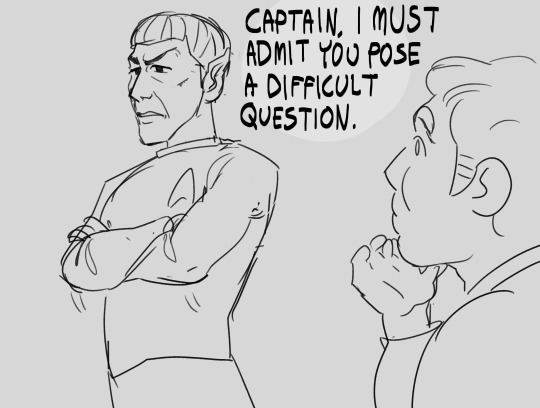Text
All pro-lifers should be made to watch call the midwife season 8
0 notes
Text
The animals of the seven vices
I just wanted to talk a bit about how the seven deadly sins, or seven capital vices, were always associated with animals as symbols (which is quite ironic, given the vices are human in nature). In fact, it is quite funny to see that originally the idea of representing the vices as animals was done as an anthropomorphization. The animals were humanized and designed as a reflection of the sinful humans or the social categories most afflicted by this sin (it was quite common in early Middle-Ages: take La Chanson de Renard, the song of Reynard, this very famous fiction in which animals are used to parody the medieval society). It was only later, as time passed, that the animals came to be considered as the embodiment of sin, not a reflection or symbol of it, and as a result the representations stopped humanizing the animals and started doing the reverse, animalizing the humans as a way to represent sin overtaking them.
Another fun fact to mention - originally the “animals of sin” were quite exotic creatures, like the lion or the whale, because the classification of sins and the whole origin of monotheistic (especially in this case Christian) religions come from “exotic country” like Greece, Turkey, Palestine, the Middle-East. But in the Middle-Ages it was difficult for the priests and churchmembers to make the common folk of Western Europe understand what those animals represented, since they had never seen them. And so they switched with animals much more common in France, England, Germany, be it animals of the wild, like foxes and bears, or city and farm animals, like dogs and goats.
For Pride, the traditional animal nowadays is considered to be the peacock, which was indeed a typical representation of this sin. The peacock, with its beautiful tail and colors, was considered to be an allegory for how prideful people covered themselves in jewels and precious clothes - but the bird cannot hide its “ugly legs” the same way the prideful beauty is only skin-deep. However, as you can note, the peacock truly represents pride in a sense of vanity, and indeed was only used for the pride when the vice of “vanagloria” (vain glory) was fused with the one of superbia (pride).
Before the peacock were the lion and the horse, two animals representing pride in its original sense of arrogance. The horse was the animal that the knights, lords and kings rode, a beast of the upper class, yet you could also fall from the horse’s back or the horse could throw you down, just like the prideful often falls. As for the lion, it was considered to be the “king” and “nobility” of the animals (in La Chanson de Renard, the king is parodied as Noble the Lion), but also a wild, dangerous and ferocious creature (and thus evil).
For Greed, nowadays most people will tell you that the typical animal associated with this vice is the toad. I cannot deny that there is indeed a strong link between this animal and the idea of greed (the first Christian animal allegories of greed include toad), and in general of wealth (in China, they have frog statues that, when you put a coin in their mouth, give you prosperity and money in the future), but the exact reason why is unknown to me at the moment. Some people say the toad was considered a “greedy” creature because it wanted to live both on land and water, unable to just choose one part of the universe like all the other animals. I do not know if this explanation has true cultural basis.
Usually, greed was also represented by several other animals in medieval imagery. On one side, you had the wild ravenous animals: the wolf, seen as a greedy devouring beast, or the fox, which often raided the farms to “steal” the chickens and young animals away (and the fox was always perceived in Middle-ages as a greedy thief). On the other, you had smaller creatures, like the mole (due to living underground and constantly digging the earth, it was a reflection of Greed’s materialism) or the badger. More surprisingly - the monkey or the ape was seen as the animal of greed. Why, you might ask? Because when the bourgeoisie appeared in medieval society, they wanted to flaunt their wealth all the way they could, and one of them was to buy a monkey and show it to all your friends and clients. As a result, the monkey became the symbol of the greedy bourgeois and materialistic merchants that wanted to show off and flaunt their wealth - and the animal of the vice of Greed.
For Lust, nowadays people will tell you the animal is either the cow or the goat.
The cow was not the most widespread representation of lust in the Middle-Ages, in fact it seems more of a modern interpretation. Some point out how the cow was seen by ancient civilizations as associated with love, beauty and sexuality - and it could have been a joke on how the social category of Lust (the same way Pride was kings and noblemen, and Greed bourgeois and merchants) was the one of the “lady” and “noblewomen”, the upper class women (who would be the center of love stories and romances in legends, and often cheat with their husband when they are away at war or for political reasons).
The goat was much more traditional than the cow. The goat (be it the female goat or male goat) was perceived as a symbol of an excessive and aggressive sexual strength, which can only lead to a brutal copulation or a frustration of the desires.
The sow was also often considered to be the animal of lust - where the male pig represents gluttony, the female pig is the other excess of the flesh, a symbol of lasciviousness. But more importantly - the snake was the symbol of lust. The snake which seduced Eve in the garden of Eden to bite into the apple, the snake with its phallic shape, the snake that some theologians considered had sex with Eve and thus eating the apple was but a metaphor for Eve cheating on Adam with the embodiment of temptation and evil.
Nowadays people say that the animal representing Wrath is a bear - pointing out how mother bears are very violent and aggressive when it comes to protecting their young. I have to say that this is however a modern interpretation. It is true that the bear was seen as a being of violence and brutality - but not so much a “wrathful” beast. It was rather considered to be a gluttonous and lustful being. It is true that many wild and aggressive animals were considered symbols of wrath: the leopard, the wolf, the lion… The king of them being the dragon, the physical embodiment of the wildness, dangerousness and destructiveness of nature, the chaotic fires and claws of evil.
But the traditional animal of Wrath was actually the boar. Aggressive and attacking all those around him, charging blindly - just like the wrathful are blinded by rage. It even reflected how wrath was perceived as the vice of suicide: indeed the hunters often used the blind and violent attacks of the boar against him, he went so fast and so blindly he would end up impaled on their sword, the same way the suicidal are blinded by their desire for self-destruction and run towards the “sword”.
The hedgehog also had a role as a symbol of wrath - since he was covered in spikes, he was seen as a reflection of how the wrathful becomes untouchable and drives everyone away by covering themselves in “spikes” harming anyone trying to get close.
Envy’s animal was always considered to be the dog (especially the greyhound). It was due to the idea that the dogs kept fighting between each other for food - and the specific picture of dogs fighting over a bone. A dog unable to stand another one of his species having a bone (literaly something with no meat and thus seen as useless) and trying to steal it away - this was perceived as pure envy.
Other animals close to the dog were perceivd as the embodiment of envy - like the wolf or the fox, wilder cousins of the dog. Envy also had a strong connection to reptilians - be it the snake (that according to some used envy and jealousy to make Eve eat the forbidden fruit), a dragon or a basilisk (that poisons everything around it).
Gluttony’s symbol stayed the same since the ancient times: the pig. An omnivore being perceived as the embodiment of over-eating, who visibly enjoyed a lot the act of eating and wallowed in the mud and his own filfth… That was how the excessive and wasteful gluttons were perceived.
Other animals were also considered symbols of gluttony. The wolf was seen as a hungry devourer (hence why in fairytales he keeps trying to eat everyone), and the bear was also considered to be an embodiment of gluttony and lack of temperance (due to how crazy bears are about honey and how much they can eat - again, in La Chanson de Renard, the character of the bear gets tricked by the protagonist due to his gluttony).
And finally we reach Sloth, or Acedia.
Nowadays people tend to say that the goat or the sloth are the “sloth animals”. The goat, yes, it was perceived as a symbol of laziness (some pretend that this is due to the “scapegoat” which is the easiest and laziest way to get rid of a problem by accusing instead of searching the truth, and while this interpretation is valid, it is probably not the true explanation since the scapegoats weren’t perceived like that in Middle-ages, but anyway). But the sloth was too recently discovered to be a symbol of sloth in traditional art. Of course it is connected to the vice (after all it was NAMED Sloth), but it is not a traditional symbol of it.
The traditional symbol of Sloth (and Acedia, the two being separate yet later fused together) is actually the donkey. Of course many people understand why the donkey is sloth in a pragmatic term - it is said to be a lazy, stubborn beast that you have to force to work. Those more educated will know that the donkey was also seen as the animal unable to choose and incapable of making adecision - there is this story of how a donkey ended up dying of thirst and hunger because it could not decide whether to go right to drink or go left to eat. But what few people know is the religious meaning of the donkey.
You see, the donkey is known to eat thistle. And the thistle, beautiful but that pricks those that take it, is a representation of the temptation of sin. As a result the donkey eating thistle was a symbol for people simply taking the easy way and falling for the temptation of sin (the stuff on the ground that pricks) instead of making an efffort and reaching for the virtue (such as the fruits hanging from the branches of trees).
In modern days, people tend to use snails as a new symbol for sloth.
294 notes
·
View notes
Text
This!! I'm seeing so much hate for it. And yes. It's not perfect but it was fun!!
watching th live action Avatar, and I have to say: pleasantly surprised!
12 notes
·
View notes
Text
Is Aang ever gonna learn to waterbend???
0 notes
Text
Is Aang ever gonna learn to waterbend???
3 notes
·
View notes
Text
Every time I smell burning toast I'm ravaged by the thought of "this is what a stroke smells like". And also hunger... Because toast.
I live in student dorms it's for sure someone's toast... But what if it's actually a stroke this time??
0 notes
Text
This season is written like they don't think they'll get another. I think that's why there's so many plot lines and characters from future seasons pulled in.
13 notes
·
View notes
Text
I like that they're giving a lot of Aang's doing everything to build relationships other than Aang/Katara and are exploring the complexities in the world (and so they can smoosh 4 episodes into each 1)
But GIMME AANG AND KATARA BEING AWKWARD IN CAVES PLEASSEE
4 notes
·
View notes
Text
Oh they REALLY combining episodes here
2 notes
·
View notes
Text
I miss Bumi. Where are the trials. The chaos???
4 notes
·
View notes
Text
Fans celebrate the casting of Nichelle Nichols as Uhura as a moment for actors of color, which they should be.
But I also wanted to spotlight the casting of these iconic secondary characters, seen in episodes of TOS.

Percy Rodriguez was cast as flag officer Commodore Stone, who was Kirk's superior in the chain of command. Stone is one of the officers that presides over Kirk's court martial.

Booker Bradshaw was the original Dr M'Benga, seen in two episodes of TOS. at the time, M'Benga was Starfleet's first and only medical specialist in Vulcan Physiology, having spent a year's residency on Vulcan.

One of the finest minds in computer technology in the 23rd century, and creator of the duotronic computer, Dr Richard Daystrom, was played by William Marshall, who's work in Shakespeare, and his roles as Paul Roebson and Frederick Douglass, added to the gravitas of his portrayal.
A flag officer, a specialist in Vulcan medicine, and one of the finest minds in a field of technology, played by actors of color, during the turbulent 1960s.
8K notes
·
View notes
Text
CABBAGE MAN
0 notes
Text

troubles that come with tribbles...
(aka a good excuse to draw one of my fav episodes and fav crew members while coming back from a heavy week at uni ;D)
2K notes
·
View notes
Text
Me approximately 3 minutes into the first live action avatar episode: oh... She GRITTY
1 note
·
View note
Text
Fellas, is it gay to strangle your arch-nemesis to death?
2 notes
·
View notes










